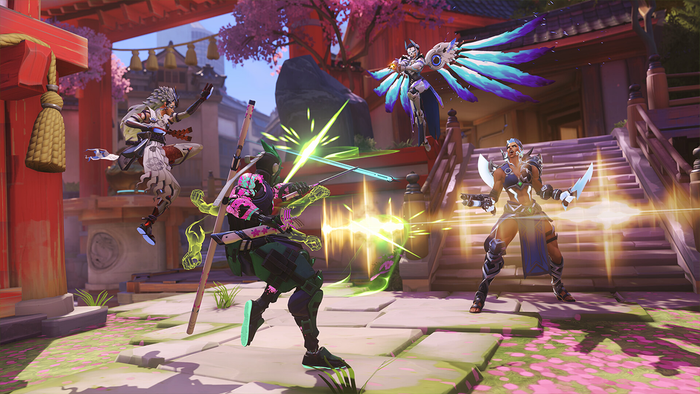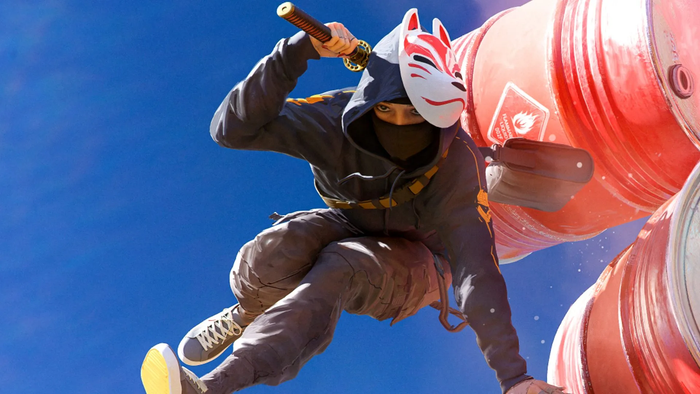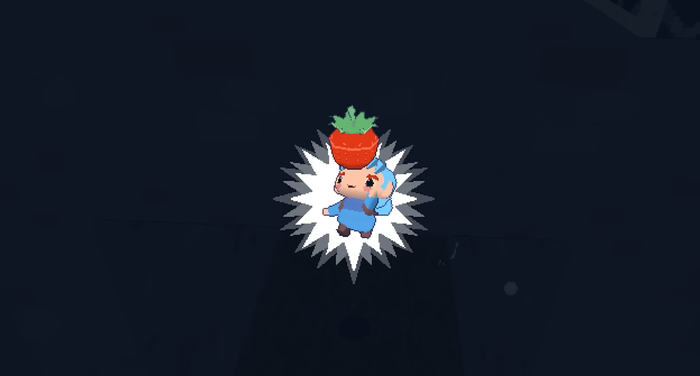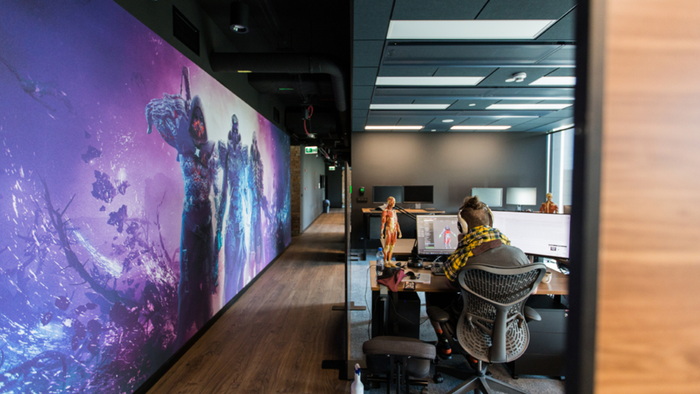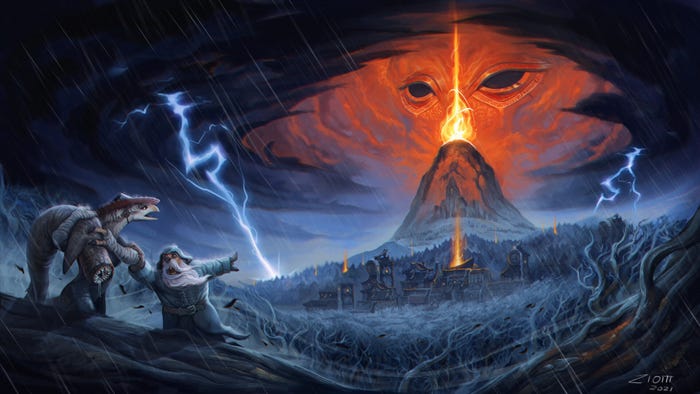"Whilst the first game had been asymmetric in the tools given to each soldier, Rising Storm 2’s asymmetry was tactical and strategic, reflecting the differences in how each army fought the war."

Deep Dive is an ongoing Gamasutra series with the goal of shedding light on specific design, art, or technical features within a video game, in order to show how seemingly simple, fundamental design decisions aren't really that simple at all.
Check out earlier installments, including creating the striking pixel animations of Crawl, achieving seamless branching in Watch Dogs 2’s Invasion of Privacy missions, and creating the intricate level design of Dishonored 2's Clockwork Mansion.
Who: Jack Hackett, producer at Antimatter Games
Antimatter Games is a studio that was founded from a team that worked as modders and freelancers on the Red Orchestra series with Tripwire Interactive. We were lucky enough to get an opportunity to partner with Tripwire on the first Rising Storm game, a standalone expansion to Red Orchestra 2.
After Rising Storm released in 2013 and won Multiplayer Game of the Year from PC Gamer, we began work on Rising Storm 2: Vietnam, which released earlier this year.
When I’m not paying for my sins at Antimatter, I’m working on a PhD in non-linear narrative design at Falmouth University.
What: Designing from History
For those not initiated, the Red Orchestra series is generally known as a brutal and very challenging large-scale multiplayer FPS: 64-player battles lasting 30-40 minutes where one or two shots is enough to kill the player. The games are generally known for being hardcore, true to history and with sense of authenticity to the ‘horrors of war’. With Rising Storm 1, the hallmark of our addition to the series was a new approach of asymmetrical design for the two teams.
In the first Rising Storm, we centered on real battles fought between the Japanese and US in World War 2. Each team had strikingly different arsenals for each player, a decision that was inspired by the historical context of the two sides in the conflict. For example, the United States rifleman had the semi-automatic M1 Garand - a gun which fairly closely resembles the modern M14 - whilst the Japanese had the bolt-action Type 38, first designed in 1906.
The US had access to an outrageously dangerous flamethrower, whilst their opposing forces relied on tools like an indirect fire ‘Knee Mortar’ to counteract them. The result was a game in which playing as each team felt very different, and where we had to design maps with the differing tools of each army’s troops carefully in mind. We wanted to ground every feature and weapon in reality, so because the Japanese had inferior, more dated armaments in the history books, they did in the game, too.
For Rising Storm 2, we knew that the Vietnam setting - moving the series out of World War 2 for the first time - would provide some unique challenges. We couldn’t simply repeat the formula of the first Rising Storm - it wouldn’t feel accurate to the very different conflict or very different period.
What’s more, the armaments of the average foot soldier in Vietnam were much more similar between the two forces; the North Vietnamese were armed largely by Russia and China, and had access to modern guns like the AK-47 just as the Americans now had the M16.
We knew, though, that Vietnam was an interesting and unique conflict fought by two very different armies. We also knew that we wanted the end product to be a reflection of the war, and give the same authentic ‘war is hell’ feeling that had become the hallmark of the series.
We had to go to the source material and start fresh.

Why?
The first and most crucial decision we made for Vietnam was to explore Helicopters as a major feature. It seemed to us that you couldn’t do an authentic Vietnam setting without Helicopters, and anything less than fully flyable, pilotable, player controlled choppers felt like a cop-out.
At the same time, we knew this was an extremely challenging thing to pursue. For one, the historical Northern (‘Viet Cong’) forces didn’t have access to more than a handful of Helicopters, or really to vehicles in general, so we knew that this would have to be a US only feature if it was to feel accurate to the history.
Additionally, the series had never tackled piloted flying vehicles before. Red Orchestra had tanks, but they were fairly well balanced and available to each side. How could we balance ‘flying tanks’ against a motley crew of rice farmers?
Concerned with balance, whilst working on the helicopter flight model implementation we began prototyping a counter system for the Vietnamese. We quickly resolved that if the US would rule the air with attack helicopters, transport Hueys and napalm strikes, the Viet Cong could control the underground, using some kind of ‘tunnel network’ to transport troops quickly, away from dangerous aerial abilities and to counteract the speed of transport helicopters.

Early blockout iteration of plantable spawn tunnels, back in 2015.
 Final placed tunnel in released game.
Final placed tunnel in released game.
Several ideas were tried, including a kind of ‘fast travel’ network on each map where tunnel networks foreshortened running distance between key locations, but after a few playtests it became apparent that players were starting to learn the predictable approach points of the Vietnamese - whilst the US could quickly and unpredictably redeploy in their Hueys.
Eventually, we struck on the system that developed into the one seen in the released game: we gave Viet Cong squad leaders the ability to place ‘tunnel exits’ for their squads using an inventory tool, essentially deployable spawn points, and let the US spawn inside their Huey Helicopters. Whilst less mobile and harder to position than Hueys, these tunnels were also subtler, quieter, and much, much harder to spot and anticipate.
We had struck upon a concept which informed the rest of Rising Storm 2’s development: whilst the first game had been asymmetric in the tools given to each soldier, Rising Storm 2’s asymmetry was tactical and strategic, reflecting the differences in how each army fought the war.
Command & Conquer
Once we had the unique tactical differentiation of each faction in mind, we decided to expand this concept to other areas of design. In the previous games, each team had a ‘Commander’ role who could use various abilities to impact the flow of the battle: calling in artillery, respawning troops more quickly, etc. In previous games, these abilities were largely mirrored. With Rising Storm 2, we decided to make them wildly different; almost no abilities are shared between the US and Vietnamese forces in the released game.
Essentially, we wanted the commanders to be playing a strategic sub-game against one another, mirroring the asymmetrical mental warfare that was fought between the forces in real life. The US has Napalm Strikes, heavy artillery, a recon plane, the AC-47 ‘Spooky’ Gunship - the Vietnamese have ambush spawn locations, reduced reinforcement timers, Anti-Air missile batteries, undetectable scouts that report enemy locations.
The anti-air and information-based abilities were a key part of this: the US Commander isn’t notified when the Vietnamese anti-air coverage is activated, but if your recon plane was shot down two minutes ago, you know you have a window to call in a devastating napalm strike.

Additionally, making these abilities different wasn’t just designed with the benefit of the Commander’s gameplay experience in mind; they all impact the general feel of the gameplay for all the players on a map.
As a Vietnamese player, we wanted you to experience fear when you heard the roar of an F4 Jet making a pass to drop napalm; as the US, we wanted to you be always looking over your shoulder, or to wince as you saw an AA Battery rip your air support out of the sky - give the players a sliver of the experience that the real combatants in the war felt.
Once we knew that the large-scale tactics of each team would play very differently because of the Hueys, the Tunnels, and the Commanders, we decided we could work these tactical differences down into individual loadouts. Whilst the AK47 vs M16 differences are subtle, we knew we could include other tools which made the teams play differently.
We gave the VC team several different elaborate traps to set for the US in an attempt to make it feel like the US were invading ‘home turf’ - various VC troops have tripwire grenades and mines, and every VC rifleman has a ‘Punji Trap’ they can set - essentially a spring loaded bamboo spike that hides in the ground until stepped on, at which point it leaps up and impales the unfortunate trooper who triggered it.
We gave the US additional ordnance so that the ‘shock and awe’ feel of choppers and napalm was in their hands too - M79 grenade launchers, white phosphorous grenades, Claymores and C4 explosives.

Of course, the player can always play the standard rifleman - but by giving those roles tools that complemented their team’s overall strategy, we could emphasise what made each force different. Throughout, we made sure that our decisions were grounded in the real weapons and ordnance used by each faction in the war.
We’d scour research books and primary reference and let that inspire features, rather than deciding what features we wanted and then matching that to an artistic or historical justification. At times, it could feel like design archaeology - searching for nuggets that could be turned into content that fit the overall whole.
Supreme Commander
Once we had these modes in place, we noticed that the format of our games wasn’t quite lining up with reality. Whilst the series to date had supported a number of match formats, our bread and butter has always been ‘Territories’ - essentially a push/pull structure where one team attacks objectives sequentially and the other defends.
Whilst Territories was working well for some battles, like our Hue map set during the 1968 Tet Offensive, it didn’t fully allow us to represent what the US called ‘Search & Destroy’ engagements: open battles where the US swept into an area to clear the North Vietnamese with no clear battle-lines.
These engagements were usually fought on the squad level, with small pockets of each force fighting in loose coordination. Without a mode to reflect these types of conflicts, we felt there were large areas of the reality of the war that we couldn’t cover.

We resolved to find a new, complementary, more open match format with a few key goals:
Allow the player to fight anywhere on the map at any given moment.
Make sure that players on all levels (regular/squad leader/commander/pilot) can make tactical decisions which impact the wider battle.
Allow combat to happen from multiple directions.
Allow gameplay to be unpredictable, but still team-based, even if you’re not located geographically close to your teammates.
Allow strong squad-based gameplay, but with each squad contributing to the wider battle.
With this in mind, we developed a mode called ‘Supremacy’, essentially a mixture of Territories - which has progressive objectives - and a more open format. In Supremacy, there is a network of objectives which each generate a score value when held by your team - but only when linked back in a ‘chain’ to a home base objective.
This spreads the combat out across the map, as players try to hold a sequence of objectives together, relocating troops and resources to defend what they have and assault the opponent - either to take objectives worth points to their own team, or to disrupt the enemy’s plans.
Ultimately, we knew that our playerbase would vary from the highly engaged and coordinated to the player who just wanted to run around shooting the enemy. Supremacy, we believe, allows players at the individual and strategic level to make an impact on the wider progress of the map without being too linear.

Result
Not all games - even others set in historical settings - may be as driven by historical context in their design as ours has been, but any game using a ‘real world’ setting can learn from the approach of looking at a problem from both the perspective of ‘user experience’ and ‘historical context’ as a single challenge.
In many ways, the history of the Vietnam War took the role that art or fictional direction would take in most games, giving us a context in which to consider what tools we could give the player and what challenges we could present them with. It was the asymmetry of the war and our desire to represent that in mechanical terms that inspired and drove many creative decisions.
Fitting to this context was a two-fold challenge: as well as sticking to the factual history of Vietnam, we needed to fit the emotion and atmosphere of the war as well. From the traps and rickety old firearms of the individual Vietcong soldier loadouts, to the squads flying in together by helicopter to attack a point, to the strategic meta-battles being fought with F4s and Anti-Air batteries by the team Commanders, our historic context was about more than just accuracy.
However, by making sure our dedication to the history was propagated through every aspect of Rising Storm 2, the end result is one that is driven by the asymmetry of the design, creating a unique experience for both sides of the conflict, from the minutiae of the close-quarters combat to the overall strategy of the battle.
About the Author(s)
You May Also Like


